Joint Appointments
Stony Brook and Brookhaven National Lab have more than 75 joint appointments supporting the strategic missions of both institutions. Many of these are guest appointments (at BNL) or nonsalaried faculty appointments (at Stony Brook) that enable researchers to develop collaborations, access facilities, mentor students, and in some cases participate in teaching.
Other joint appointments involve formal arrangements, with effort assigned at Stony Brook and Brookhaven and shared salary funding.
Joint appointees strengthen ties between Stony Brook and Brookhaven, facilitate student engagement at Brookhaven, and contribute to shared research goals.
Meet some of our joint appointees below:
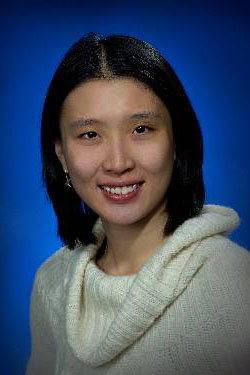 Prof. Chen-Wiegart is an Assistant Professor at the Department of Materials Science
and Chemical Engineering in Stony Brook University (SBU). She also holds a Joint Appointment
with National Synchrotron Light Source – II (NSLS-II) at Brookhaven National Laboratory
(BNL), coordinating the effort of multi-modal research approach. She holds a Ph.D.
degree in Materials Science and Engineering from Northwestern University. Prof. Chen-Wiegart
emphasizes on applying state-of-the-art x-ray imaging and spectroscopic techniques
to study novel functional materials. Her current interests include energy storage
and conversion, nano-/meso-porous materials, thin film & surface treatment, and cultural
heritage.
Prof. Chen-Wiegart is an Assistant Professor at the Department of Materials Science
and Chemical Engineering in Stony Brook University (SBU). She also holds a Joint Appointment
with National Synchrotron Light Source – II (NSLS-II) at Brookhaven National Laboratory
(BNL), coordinating the effort of multi-modal research approach. She holds a Ph.D.
degree in Materials Science and Engineering from Northwestern University. Prof. Chen-Wiegart
emphasizes on applying state-of-the-art x-ray imaging and spectroscopic techniques
to study novel functional materials. Her current interests include energy storage
and conversion, nano-/meso-porous materials, thin film & surface treatment, and cultural
heritage.
Before joining Stony Brook University, she served as beamline scientist at the Sub-Micron Resolution X-ray Spectroscopy (SRX) Beamline of NSLS-II. Prior to that she was a postdoctoral fellow at the National Synchrotron Light Source at BNL, where she participated in the commissioning of the new high-resolution x-ray transmission microscope and in establishing the new associated research program. Her PhD research focused on the study of the dealloying and coarsening behaviors of nanoporous metal which has numerous potential applications, co-funded by Advanced Photon Source, Argonne National Laboratory. While continuing to develop cutting-edge x-ray tools, she is exploring new opportunities in functional materials. She has also been active in out-reach programs at NSLS-II and SBU, organizing events such as “Bring Our Children to Work Day” for the Photon Sciences Division at BNL, volunteering for educational and outreach events, and teaching courses in Women in Science & Engineering program at SBU.
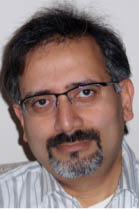 Prof. Abhay Deshpande works in experimental high energy nuclear physics. His current
research focuses on understanding the contributions of quarks, antiquarks and gluons
to the proton's spin using the PHENIX detector and high energy polarized proton beams
at the Relativistic Heavy Ion Collider (RHIC). The property of "spin" has played a
crucial role in the development of our understanding of physics in the past 100 years.
In fact, arguably, the 20th century could be called the "Century of Spin Surprises"
Prof. Abhay Deshpande works in experimental high energy nuclear physics. His current
research focuses on understanding the contributions of quarks, antiquarks and gluons
to the proton's spin using the PHENIX detector and high energy polarized proton beams
at the Relativistic Heavy Ion Collider (RHIC). The property of "spin" has played a
crucial role in the development of our understanding of physics in the past 100 years.
In fact, arguably, the 20th century could be called the "Century of Spin Surprises"
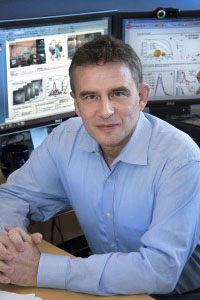 Physico-chemical properties of nanocatalysts, structure-property function relationships
in disordered systems, mechanisms of catalytic reactions, mechanisms of work of electromechanical
materials (piezo-, ferro-, pyro-electrics and electrostrictors. Use of synchrotron-based
techniques in materials characterization (x-ray absorption (XAFS) and emission (RIXS)
spectroscopy, x-ray diffraction). Development of new in situ/operando techniques for
studies of functional nanomaterials.
Physico-chemical properties of nanocatalysts, structure-property function relationships
in disordered systems, mechanisms of catalytic reactions, mechanisms of work of electromechanical
materials (piezo-, ferro-, pyro-electrics and electrostrictors. Use of synchrotron-based
techniques in materials characterization (x-ray absorption (XAFS) and emission (RIXS)
spectroscopy, x-ray diffraction). Development of new in situ/operando techniques for
studies of functional nanomaterials.
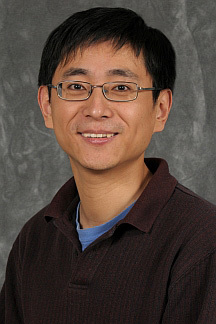 We are interested in studying the properties of the dense nuclear matter created in
elativistic heavy ion collisions. Under extremely high temperature and density, such
matter exist in the form of quasi-free quarks and gluons (Quark-Gluon Plasma or QGP),
whose interactions are scribed by the Quantum ChromoDynamics theory (QCD). We seek to recreate and study QGP in the laboratory and to understandits
underlying QCD theory. Our research is carried out at the Relativistic Heavy Ion Collider at BNL and at the Large Hadron Collider at CERN. Our group is involved with the PHENIX and ATLAS experiments respectively, at each of these accelerator facilities
We are interested in studying the properties of the dense nuclear matter created in
elativistic heavy ion collisions. Under extremely high temperature and density, such
matter exist in the form of quasi-free quarks and gluons (Quark-Gluon Plasma or QGP),
whose interactions are scribed by the Quantum ChromoDynamics theory (QCD). We seek to recreate and study QGP in the laboratory and to understandits
underlying QCD theory. Our research is carried out at the Relativistic Heavy Ion Collider at BNL and at the Large Hadron Collider at CERN. Our group is involved with the PHENIX and ATLAS experiments respectively, at each of these accelerator facilities
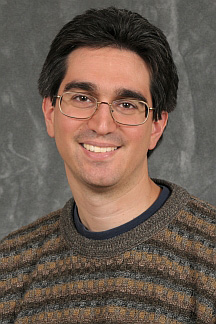 Materials Chemistry, Solid State Chemistry: Periodic solids provide the backbone of
the high-tech industry due to their amplification of the interactions between individual
atomic and molecular building blocks assembled within their crystalline lattices.
This group focuses on designing functionality into crystalline solids using elemental
substitution and structural control to fine-tune the energy levels of bulk materials.
Our expertise in materials synthesis, structural characterization, and physical properties
measurements allows us to tackle all aspects of this “internal design” process.
Materials Chemistry, Solid State Chemistry: Periodic solids provide the backbone of
the high-tech industry due to their amplification of the interactions between individual
atomic and molecular building blocks assembled within their crystalline lattices.
This group focuses on designing functionality into crystalline solids using elemental
substitution and structural control to fine-tune the energy levels of bulk materials.
Our expertise in materials synthesis, structural characterization, and physical properties
measurements allows us to tackle all aspects of this “internal design” process.
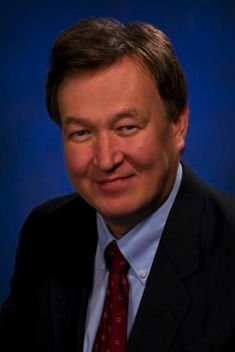 Dmitri Kharzeev is interested in all aspects of the modern theory of strong interactions
- Quantum Chromo-Dynamics (QCD), and its applications to the description of experimentally
accessible phenomena. He is closely involved in theoretical research related to the
programs at Relativistic Heavy Ion Collider at BNL and Large Hadron Collider at CERN.
In particular, he studies the ways in which the underlying quark-gluon structure of
hadrons and nuclei determines the dynamics of their interactions and the salient features
of the visible Universe. Many of these features stem from topology of non-Abelian
gauge theories that form the current Standard Model of the physical world. Dmitri
also believes that all sub-fields of physics are deeply connected, and cross-disciplinary
interactions are necessary for the advancement of science. For example, he argues
that topology holds the key to understanding many universal dynamical properties of
systems at vastly different scales, from femto-meter (quarks and gluons of QCD), to
nano-meter (e.g. topological insulators and graphene), to parsec (e.g. magnetic helicity
and polarization of cosmic microwave background).
Dmitri Kharzeev is interested in all aspects of the modern theory of strong interactions
- Quantum Chromo-Dynamics (QCD), and its applications to the description of experimentally
accessible phenomena. He is closely involved in theoretical research related to the
programs at Relativistic Heavy Ion Collider at BNL and Large Hadron Collider at CERN.
In particular, he studies the ways in which the underlying quark-gluon structure of
hadrons and nuclei determines the dynamics of their interactions and the salient features
of the visible Universe. Many of these features stem from topology of non-Abelian
gauge theories that form the current Standard Model of the physical world. Dmitri
also believes that all sub-fields of physics are deeply connected, and cross-disciplinary
interactions are necessary for the advancement of science. For example, he argues
that topology holds the key to understanding many universal dynamical properties of
systems at vastly different scales, from femto-meter (quarks and gluons of QCD), to
nano-meter (e.g. topological insulators and graphene), to parsec (e.g. magnetic helicity
and polarization of cosmic microwave background).
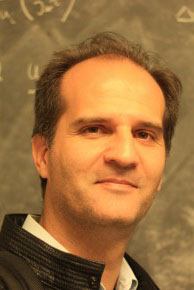 The clouds and radars research group focuses on the physical understanding of the
atmospheric component of the hydrological cycle and the improved representation of
cloud and precipitation processes in global, regional and cloud scale numerical models.
Our group is also interest in the use of radars in weather and climate research, from
severe weather nowcasting to cloud-scale processes.
The clouds and radars research group focuses on the physical understanding of the
atmospheric component of the hydrological cycle and the improved representation of
cloud and precipitation processes in global, regional and cloud scale numerical models.
Our group is also interest in the use of radars in weather and climate research, from
severe weather nowcasting to cloud-scale processes.
Synergetic remote sensing observations from both space-based and ground-based sensors and their clever use through the development of new inversion algorithms and adaptive sampling strategies constitute our approach for probing clouds and precipitation in their natural environment. As part of our research we use a wide variety of observational platforms, however, millimeter wavelength radars are our primary observing tool for diagnosing the structure, kinematics and microphysics of clouds and precipitation. For more information visit the Clouds and Radars Research Group web site.
Qiang Li
Qiang Li joins the Department of Physics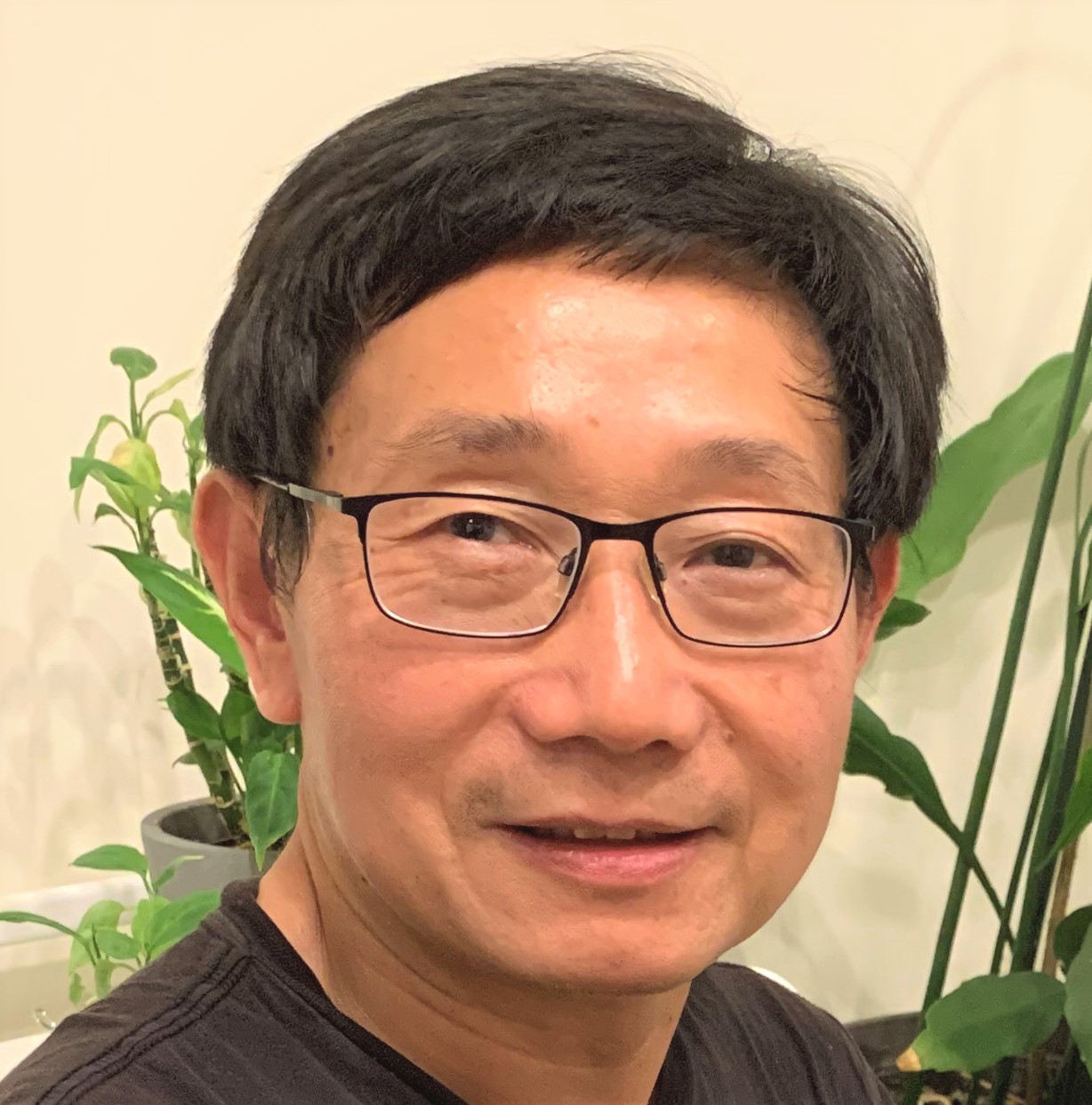 and Astronomy as a SUNY Empire Innovation Professor, and continues to hold a joint
scientist
and Astronomy as a SUNY Empire Innovation Professor, and continues to hold a joint
scientist
appointment at BNL to lead the Advanced Energy Materials Group. He graduated from
University of Science and Technology of China (Hefei)
with a bachelor’s degree in science in 1986 and came to the US on the CUSPEA (China-U.S.
Physics Examination and Application) program under
direction of Prof. T.D. Lee, a Nobel laureate. Afterfive years atIowa State University,
where he received his PhD in physics in 1991, Li joined the
Condensed Matter Physics and Materials Science Department at Brookhaven National Laboratory
(BNL).
At BNL, he is a physicist with tenure, and has been a lead principal investigator
ofthe DOE Office of Science’s superconducting materials
program for over a decade and a half. In 2009, Li became the newly created Advanced
Energy Materials Group Leader. He has led BNL’s effortin
a number of DOE projects from high temperature superconductors for grid scale energy
storage, wind power generation, and next generation
electrical machine,to vehicle waste heatrecovery by thermoelectrics. Li’s research
interests range from basic physics and material sciences of
superconductors,thermoelectrics, and topological quantum materials to their applications
in energy and quantum information technology. He
is a Fellow of American Physical Society, and a recipient of R&D 100 award.
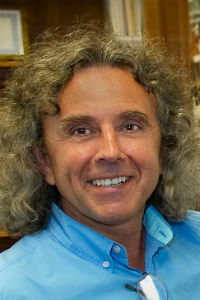 Litvinenko joined Brookhaven as a senior physicist in 2003, and he is currently head
of the Accelerator Physics Group for Brookhaven's newest facility for nuclear physics
research, the Relativistic Heavy Ion Collider. After joining BNL in 2003, Litvinenko
made critical contributions to R&lD on the high-energy electron cooling of RHIC and
to discoveries in designing high-brightness electron beam injection to an energy recovery
linac machine. He also played a key role in the National Synchrotron Light Source
II team developing the design philosophy for this unique light source. With colleagues,
he also established the Center for Accelerator Science & Education at Stony Brook
University and BNL, where he is a co-director and teaches students. In 2004, the International
Free Electron Laser (FEL) community awarded him the FEL Prize for his outstanding
contributions for FEL science and technology.
Litvinenko joined Brookhaven as a senior physicist in 2003, and he is currently head
of the Accelerator Physics Group for Brookhaven's newest facility for nuclear physics
research, the Relativistic Heavy Ion Collider. After joining BNL in 2003, Litvinenko
made critical contributions to R&lD on the high-energy electron cooling of RHIC and
to discoveries in designing high-brightness electron beam injection to an energy recovery
linac machine. He also played a key role in the National Synchrotron Light Source
II team developing the design philosophy for this unique light source. With colleagues,
he also established the Center for Accelerator Science & Education at Stony Brook
University and BNL, where he is a co-director and teaches students. In 2004, the International
Free Electron Laser (FEL) community awarded him the FEL Prize for his outstanding
contributions for FEL science and technology.
Mengkun Liu is an associate professor at the Physics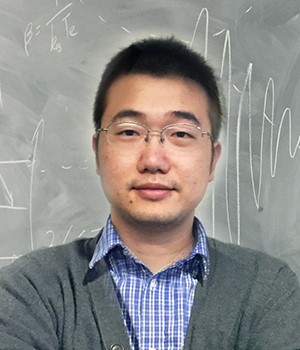 Department of Stony Brook University. His research interests include physices oc
correlated electron systems, two-dimensional materials, infrared nano-optics and ultrafast
time domain THz specrroscopy. Prizes include NFS Career Award (2021) and Seaborg
Institute Research Fellowships at Los Alamos National Lab (2009).
Department of Stony Brook University. His research interests include physices oc
correlated electron systems, two-dimensional materials, infrared nano-optics and ultrafast
time domain THz specrroscopy. Prizes include NFS Career Award (2021) and Seaborg
Institute Research Fellowships at Los Alamos National Lab (2009).
Amy Marschilok
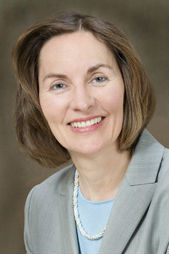 The advancement of battery systems with high energy and power densities remains a
lynch pin for new generations of energy storage. The full utilization of renewable
energy sources such as wind, photovoltaic, hydroelectric, and geothermal power depends
on the ability to store energy as in many cases the renewable energy is generated
on an intermittent basis. Additionally, portable electronics, hybrid vehicles, electric
vehicles, biomedical devices, and aerospace applications demand advanced batteries
that can perform safely over many years. Finally, the way in which communities handle
power demands through power grids may be affected significantly by new developments
in energy storage. Specific areas of research. For next generation primary and secondary
battery applications demanding long life, high energy density and high power, new
strategies are needed for the rational design of electroactive materials and the concomitant
engineering associated with battery design. Professor Takeuchi’s research efforts
are collaborative in nature, involving scientists with a variety of research expertise.
For example, we have an on-going research interest in the structure / function relationships
among electroactive materials and redox properties as related to electrochemical energy
storage. We also are actively involved in the synthesis of new electroactive materials
and the subsequent analysis involving a variety of chemical and physical properties
of materials. Further, we conduct fundamental mechanistic studies involving the complex
interplay among redox processes, ion transport, and electrode precipitation / dissolution
that are critical to the electrochemistry associated with battery science.
The advancement of battery systems with high energy and power densities remains a
lynch pin for new generations of energy storage. The full utilization of renewable
energy sources such as wind, photovoltaic, hydroelectric, and geothermal power depends
on the ability to store energy as in many cases the renewable energy is generated
on an intermittent basis. Additionally, portable electronics, hybrid vehicles, electric
vehicles, biomedical devices, and aerospace applications demand advanced batteries
that can perform safely over many years. Finally, the way in which communities handle
power demands through power grids may be affected significantly by new developments
in energy storage. Specific areas of research. For next generation primary and secondary
battery applications demanding long life, high energy density and high power, new
strategies are needed for the rational design of electroactive materials and the concomitant
engineering associated with battery design. Professor Takeuchi’s research efforts
are collaborative in nature, involving scientists with a variety of research expertise.
For example, we have an on-going research interest in the structure / function relationships
among electroactive materials and redox properties as related to electrochemical energy
storage. We also are actively involved in the synthesis of new electroactive materials
and the subsequent analysis involving a variety of chemical and physical properties
of materials. Further, we conduct fundamental mechanistic studies involving the complex
interplay among redox processes, ion transport, and electrode precipitation / dissolution
that are critical to the electrochemistry associated with battery science.
Distinguished Teaching Professor Kenneth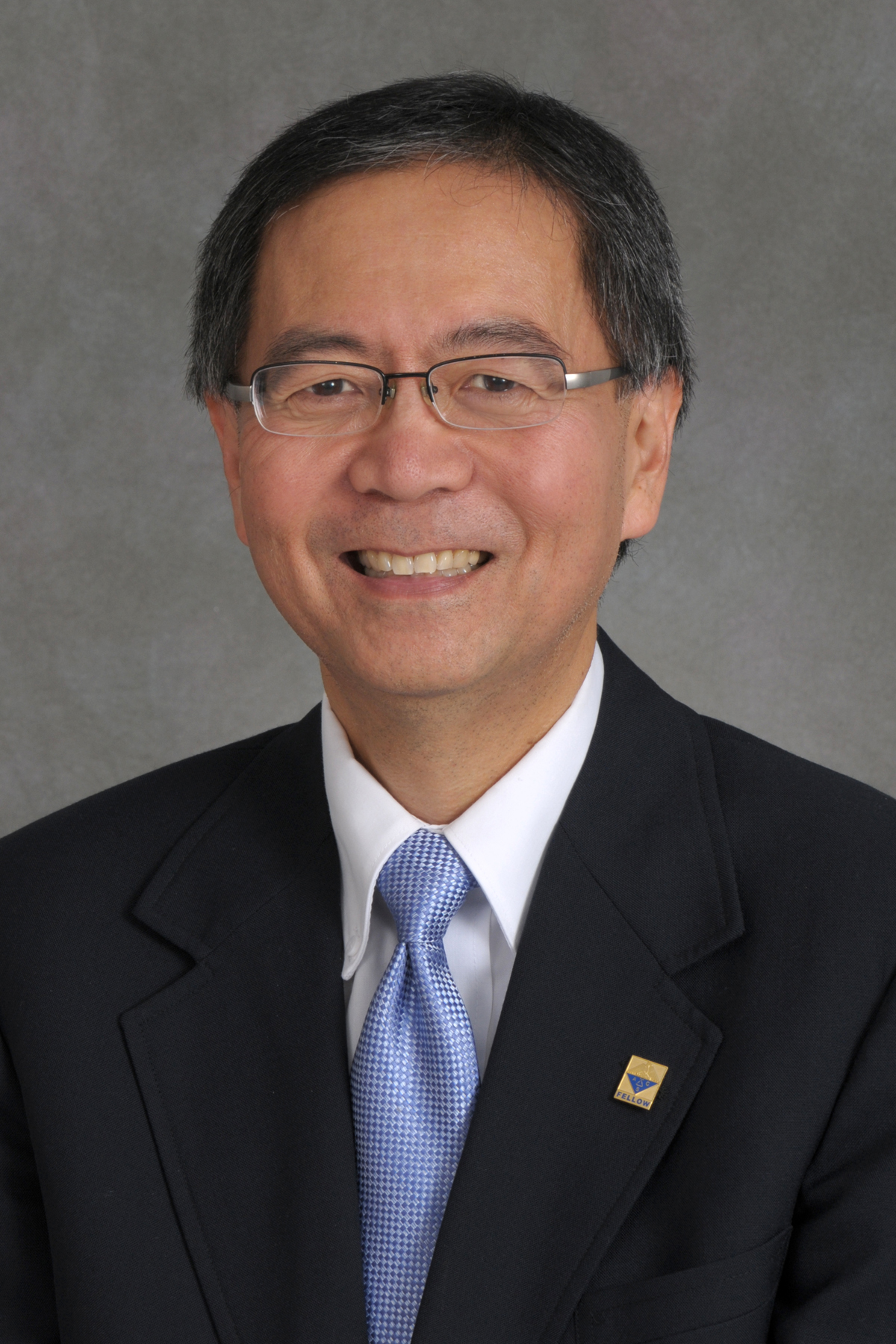 J. Takeuchi is conducting research relevant to
J. Takeuchi is conducting research relevant to
electrochemical energy storage. He is active in the development of synthetic strategies
yielding control and variation of both crystallite size on the nanometer scale and
non-stoichiometric
chemical composition of inorganic materials, and the subsequent utility of these inorganic
materials towards energy storage. Specific inorganic materials of interest include:
iron-containing spinels and inverse spinels, bimetallic layered or channeled materials
where both
metals are redox active, and inorganic materials containing alkali and alkaline earth
metals. Paradigms critical to the fundamental understanding of battery function emerging
from the above studies are the structure / function relationships among crystallite
size, particle size, and
the electrochemistry of inorganic materials. He is active in the conceptual design
and execution of in-situ and operando investigations involving a variety of techniques.
Professor Takeuchi is a Fellow of the American Association for the Advancement of
Science (AAAS) and the American Chemical Society. He is the New York State regional
recipient, U.S.
Professor of the Year Award from the Carnegie Foundation for the Advancement of Teaching
and the Council for Advancement and Support of Education (CASE). He was also recognized
by
the Inspire Integrity Award as the National runner-up from the National Society of
Collegiate Scholars. His long-standing commitment to advancing diversity was recognized
by the Stanley C. Israel Regional Award for Advancing Diversity in the Chemical Sciences
from the American
Chemical Society. He is also a recipient of the Responsible Care National Catalyst
Award, for excellence in teaching and mentoring from the Chemical Manufacturers Association
and the
SUNY Chancellor’s Award for Excellence in Teaching.
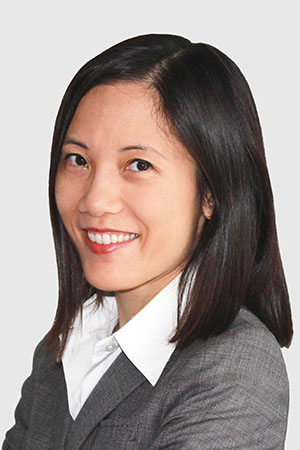 Dongyan’s research focuses on understanding the structure-function relationship of
macromolecules that are involved in gene regulation. She is particularly interested
in a DNA-protein complex called chromatin, and in how its structure-dynamics is regulated
during normal development of multi-cellular organisms. She uses the state-of-the-art
cryo-electron microscopy (cryo-EM) and image analysis to obtain atomic-level structural
information of the protein complex in various functional states in vivo and in vitro.
These studies will provide valuable insights into our understanding of the complex
and dynamic process of gene regulation. She also holds a Joint Appointment with the
National Synchrotron Light Source-II (NSLS-II) at Brookhaven National Laboratory (BNL).
She is working with the scientists from NSLS-II to bring the cryo-EM technology to
BNL by establishing the first cryo-EM center there.
Dongyan’s research focuses on understanding the structure-function relationship of
macromolecules that are involved in gene regulation. She is particularly interested
in a DNA-protein complex called chromatin, and in how its structure-dynamics is regulated
during normal development of multi-cellular organisms. She uses the state-of-the-art
cryo-electron microscopy (cryo-EM) and image analysis to obtain atomic-level structural
information of the protein complex in various functional states in vivo and in vitro.
These studies will provide valuable insights into our understanding of the complex
and dynamic process of gene regulation. She also holds a Joint Appointment with the
National Synchrotron Light Source-II (NSLS-II) at Brookhaven National Laboratory (BNL).
She is working with the scientists from NSLS-II to bring the cryo-EM technology to
BNL by establishing the first cryo-EM center there.
Besides running her research program, Dongyan has also been actively participating
in different educational and outreach activities at SBU and BNL.
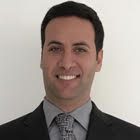
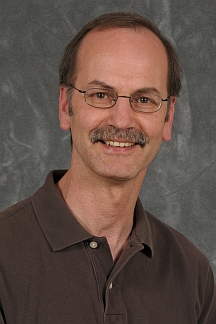 DYNAMICS AT SURFACES: Our research is aimed at providing a molecular level understanding
of the energetics, dynamics and morphology-dependence of elementary surface reactions
that play key roles in energy-related catalysis. Specifically, we are interested in
systems involving simple feedstock chemicals (e.g., H2, CO, CO2, O2, CH4), the selective
oxidation of C1 and C2 molecules (e.g., CH3OH, C2H4) and reaction systems that have
environmental impact (e.g., De-NOx, De-SOx). We approach these problems from a chemical
physics perspective in which experiments are designed to probe the adsorbate-metal
potential surface and the dynamical paths that lead to reaction. Our experimental
program makes extensive use of lasers for both state-selective detection of desorbed
products and the photo-initiation of surface processes such as desorption, diffusion,
dissociation and reaction. Current studies are focused on understanding the photoinduced
reactions on semi-conducting surfaces such as titania (TiO2); whose photoactivity
is widely used for removing organic pollutants from air and water, for anti-fogging
and self-cleaning surfaces and as a potential photocatayst for solar water splitting.
DYNAMICS AT SURFACES: Our research is aimed at providing a molecular level understanding
of the energetics, dynamics and morphology-dependence of elementary surface reactions
that play key roles in energy-related catalysis. Specifically, we are interested in
systems involving simple feedstock chemicals (e.g., H2, CO, CO2, O2, CH4), the selective
oxidation of C1 and C2 molecules (e.g., CH3OH, C2H4) and reaction systems that have
environmental impact (e.g., De-NOx, De-SOx). We approach these problems from a chemical
physics perspective in which experiments are designed to probe the adsorbate-metal
potential surface and the dynamical paths that lead to reaction. Our experimental
program makes extensive use of lasers for both state-selective detection of desorbed
products and the photo-initiation of surface processes such as desorption, diffusion,
dissociation and reaction. Current studies are focused on understanding the photoinduced
reactions on semi-conducting surfaces such as titania (TiO2); whose photoactivity
is widely used for removing organic pollutants from air and water, for anti-fogging
and self-cleaning surfaces and as a potential photocatayst for solar water splitting.
